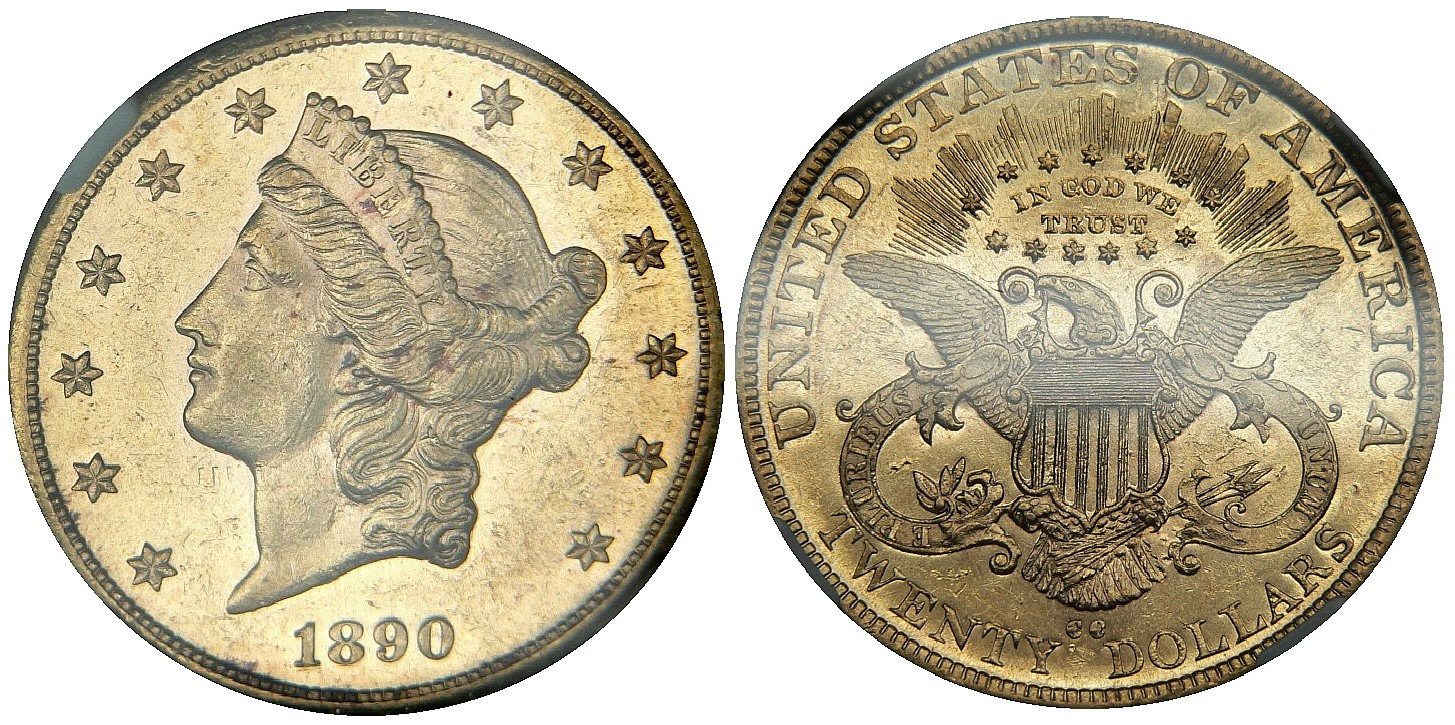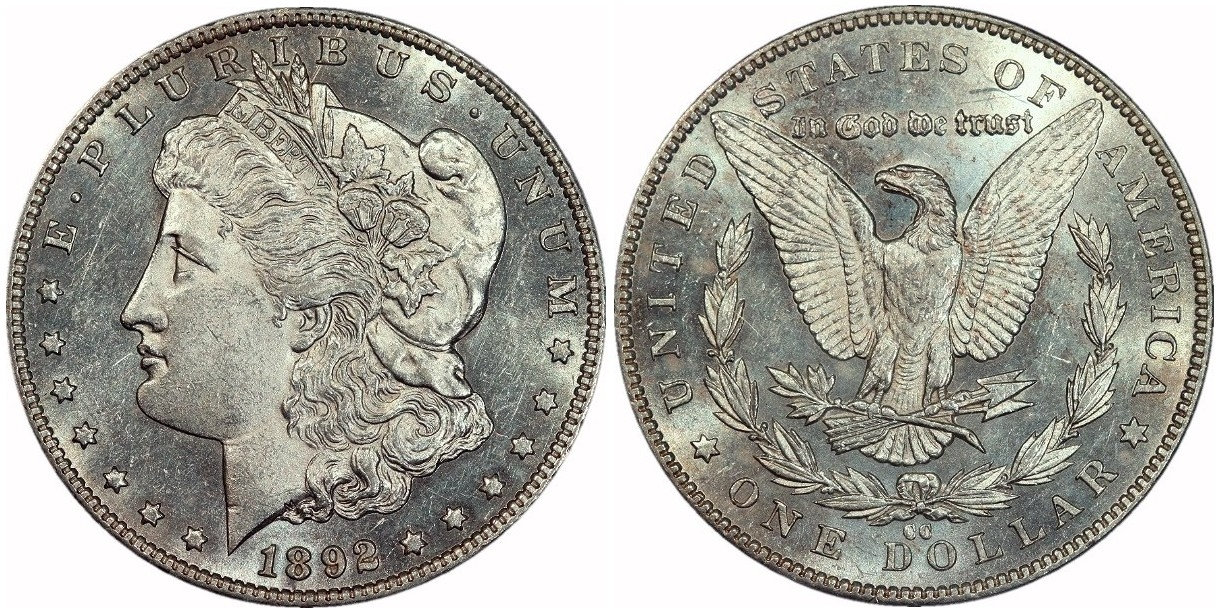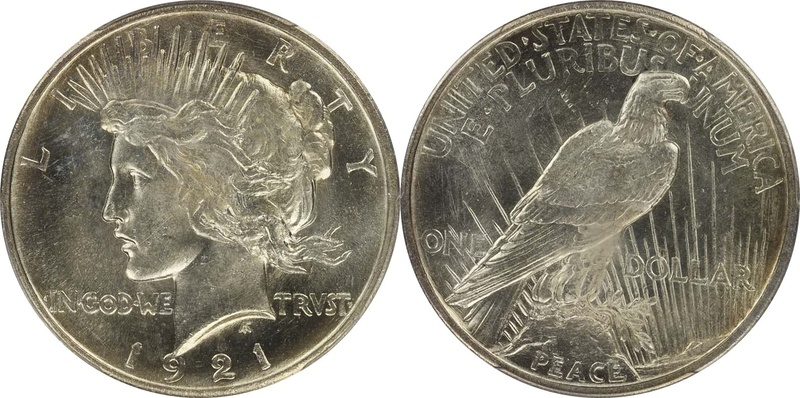Mint Luster Definition & Progressive Surface Reflectivity Descriptive Terms with Photos
 Stuart
Posts: 9,831 ✭✭✭✭✭
Stuart
Posts: 9,831 ✭✭✭✭✭
Mint Luster Definition & Progressive Surface Reflectivity Descriptive Terms with Photos
I define Luster as the result of how reflected light interacts, and is affected or scattered by, the texture or grain of the coin’s metallic surface.
Mint Luster specifically refers to the original luster state that a coin possesses when it leaves the mint, prior to metal wear, scratches and other post mint circulation phenomena.
Coin metallic surface texture is created and affected by a combination of the planchet preparation and the minting process wear state of the die surface, which is impacted by a combination of Initial New Die State, Die Wear via friction from metal flow through striking of thousands of coins, and Die Polishing or Lapping to enhance the Eye Appeal of struck coins as the dies begin to show signs of wear.
The dies may originally have Mirrored Highly Reflective Surfaces (Proof, DMPL or PL), or Frosty Surfaces as are typical on many Business Strike Coins. They may also have Textures and Reflectivity Strength in between the above-mentioned End Members due to wear during the minting process.
I classify luster into the following nomenclatural categories from Left to Right as dies progressively wear via the minting process:
[Deeply Mirrored (Proof) => Deep Mirrored Prooflike (DMPL) => Prooflike (PL) => Semi-Prooflike => Glossy => Satiny => Frosty => Matte (Proof)]
Below are a few interesting examples from my collection provided for luster discussion purposes. Some exhibit more than one type of luster on a single coin, due to their Cameo Contrast (Frosty Devices with Mirrored Fields).
I’m interested in hearing comments, thoughts & observations about this from fellow forum members.



Stuart
Collect 18th & 19th Century US Type Coins, Silver Dollars, $20 Gold Double Eagles and World Crowns & Talers with High Eye Appeal
"Luck is what happens when Preparation meets Opportunity"